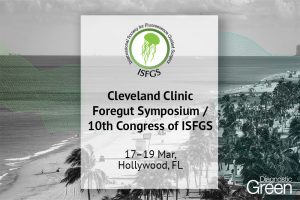Introduction: Previous clinical investigations have reported inconsistent findings regarding the feasibility of utilizing indocyanine green fluorescence imaging (ICGFI) in laparoscopic liver tumor removal. This meta-analysis aims to comprehensively evaluate the safety and effectiveness of ICGFI in laparoscopic hepatectomy (LH).
Results: This meta-analysis encompassed eleven retrospective cohort studies, involving 959 patients in total. Our findings revealed that, in comparison to conventional laparoscopic hepatectomy, patients receiving ICGFI-guided LH exhibited a higher R0 resection rate (OR: 3.96, 95% CI: 1.28, 12.25, I2 = 0.00%, P = 0.778) and a diminished incidence of intraoperative blood transfusion (OR: 0.42, 95% CI: 0.22, 0.81, I 2 = 51.1%, P = 0.056). Additionally, they experienced shorter postoperative hospital stays (WMD: -1.07, 95% CI: -2.00, -0.14, I 2 = 85.1%, P = 0.000). No statistically significant differences emerged between patients receiving ICGFI-guided LH vs. those undergoing conventional LH in terms of minimal margin width and postoperative complications.
Conclusion: ICGFI-guided LH demonstrates marked superiority over conventional laparoscopic liver tumor resection in achieving R0 resection and reducing intraoperative blood transfusion rates. This technique appears to hold substantial promise. Nonetheless, further studies are needed to explore potential long-term benefits associated with patients undergoing ICGFI-guided LH.




